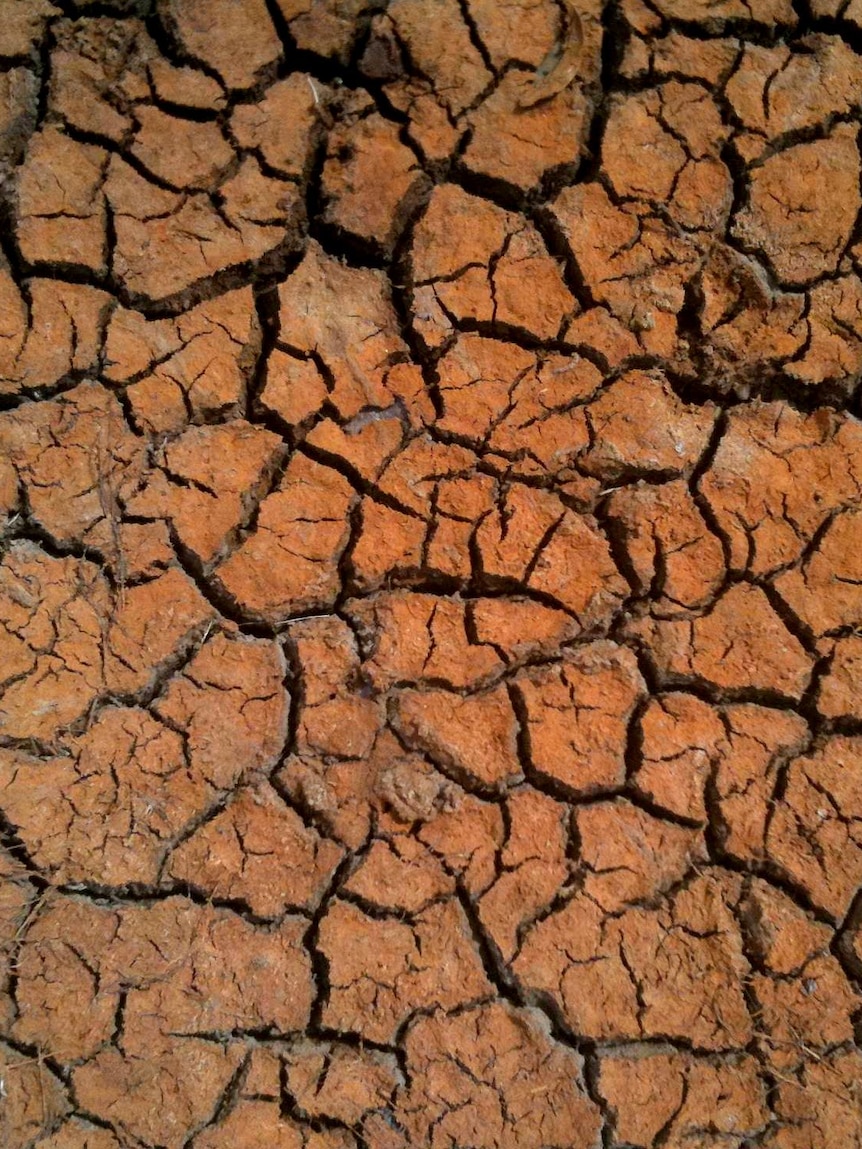New climate modelling suggests Australians should be preparing for the possibility of megadroughts lasting more than 20 years.
Research from the Australian National University, published in a special edition of the journal Hydrology and Earth System Sciences, has indicated future droughts in Australia could be far worse than anything experienced in recent times — even without factoring in human impacts.
Climate scientist Georgy Falster said while megadroughts occurred naturally, climate change would make them more severe.
“We have this situation where on the one hand, there’s the possibility for naturally occurring megadroughts that can last multiple decades and might come along every maybe 150 to 100 years,” Dr Falster said.
“But then on the other hand, we found climate change is tending to make droughts longer, particularly in south, western and eastern Australia, and climate change is also making droughts more severe because of the hotter temperature.”
She pointed to the recent Tinderbox Drought that occurred in south-east Australia, linked to the Black Summer bushfires, which lasted “only three years”.
“So we can imagine droughts that last from anywhere, sort of four times as long as that up to 20 or even 30 years,” Dr Falster said.
“They don’t happen often, but they can happen and it’s very difficult to predict when that might be.
“We should be prepared for one to happen even in the next 10 or so years.”
Preparing for long droughts
The research team used 11 different models to look at how Australia’s climate has changed over more than 1,000 years, but there was also evidence of past rainfall changes in tree rings to help paint a picture of when megadroughts had occurred.
Dr Falster hoped the research would help farmers and the wider community be prepared for longer and more severe droughts.
“We can reduce the impact of megadroughts by being prepared with things like water management strategies, community support networks and financial support for farmers, environmental management plans, that sort of thing,” she said.
“But then to reduce the actual risk of megadroughts and their severity, of course, the only thing that we can do is to rapidly reduce greenhouse gas emissions.”
Concern for farmers
Far west NSW grazier Richard Wilson has lived through many droughts on Yalda Downs Station, located 85 kilometres north of White Cliffs, but particularly remembers one from 2016 that lasted four years.
“Everyone found it tough. There’s no other way to say it,” Mr Wilson said.
“It’s on your mind all the time. It’s often very hard to talk about it.”
He said planning for the inevitable was important.
“There was no warning signs it was going to come. You just have to be prepared for it,” Mr Wilson said.
“Set some plans up and you need to be also quite prepared to change those plans as things develop, but think about it well before it happens so that you’ve got some thought process in place that you’re going to be dealing with the lack of feed and water.”
Key stories of the day for Australian primary producers, delivered each weekday afternoon.
Posted , updated




